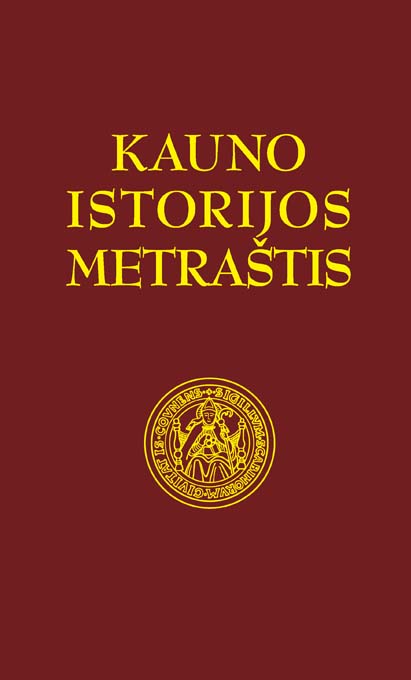
We kindly inform you that, as long as the subject affiliation of our 300.000+ articles is in progress, you might get unsufficient or no results on your third level or second level search. In this case, please broaden your search criteria.

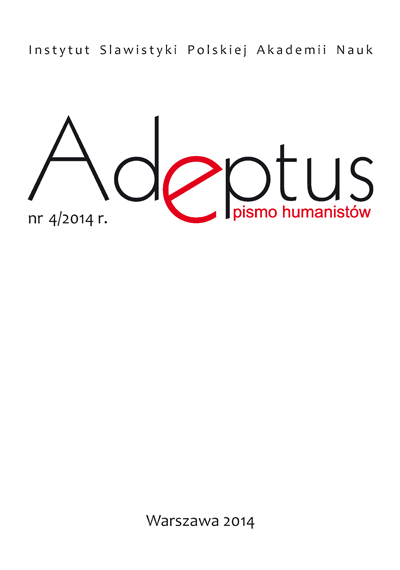
Stemmatographia, by Hristofor Zhefarovich (1741), was one of the most important Serbian books published in the first half of the 18th century. The first part contains the majestic portraits of the canonized Serbian sovereigns who built and strengthened the medieval Serbian state; the second part presents images of the coats of arms of the Balkan lands. Work composed in such a way corresponded to the political and religious program of the Archbishopric of Karlovci, the most important Serbian religious and secular institution in the lands belonging to the Habsburg monarchy. The reference to the tradition of the medieval state by presenting images of rulers and marking its territories by coats of arms legitimized the authority of the Serbian Orthodox Church that declared itself to be the heir and continuator of this tradition. At the same time, the gallery of portraits of the rulers and Orthodox Church notables constituted the national pantheon of saints that conferred a sacral aspect on Serbian history.
More...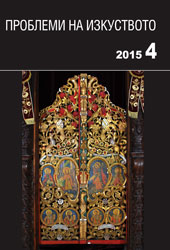
An icon of All Saints produced in 1771 was recently published in Bulgaria. It is owned by the National Archaeological museum in Sofia and comes from the region of Samokov. Its composition is not unknown to Orthodox iconography, but the signature of Zograph is of particular interest: α΄ ψ΄ α΄ Διά χειρός Κωνσταντίνου αμαρτωλού του Βυζαντίου.What could Byzantium be for a Greek artist from the end of the eighteenth century, when researchers call this period Post-Byzantine? Certainly Βυζάντιο in combination with the image of St Constantine the Great marks eighteenth-century Constantinople or Konstantinyie as the capital of the Ottoman Empire. even more puzzling is why the artist did not use the Greek name of the city or its Ottoman version. Arguably, the answer is to be sought in the sociopolitical situation in the empire and the eternal City in 1771. After a brief and critical presentation of the development of Christian Orthodox art between fifteenth and twentieth century the author notes another possible explanation of the icon’s appearance exactly in the region of Samokov. Prior to 1766-67, this ethnic Bulgarian territory belonged to the diocese of the Serbian church, or of the Patriarchate of Pec, and after the destruction of the latter, Samokov came under the jurisdiction of Constantinople. Thus, it cannot be ruled out that the icon had been brought over from the Ottoman capital as a symbol of the transition of the local metropolis to the rule of the Greek Patriarchate, which still considered itself as Byzantine, or more precisely, as a Byzantine institution functioning in the Ottoman Empire. The first arch-shepherd of Samokov ordained by Constantinople was Philotheos, who was elected in Kurucesme in April 1778. Despite his Bulgarian origin, he became a monk at Mount Athos, studied in Istanbul and served as a deacon at the Patriarchate. Before Philotheos took over, the Bishopric of Samokov had been ruled by Neophitos Joanovich, exiled in Silivria, who was elected by Ipek. Upon his arrival in Samokov, the new metropolitan Philotheos, probably as a political act, brought with him the icon painted by Constantine in 1771. More importantly, the artist who created the icon of All Saints believed that he still worked in the Orthodox tradition established in the Middle Ages and designated by western European scholars as Byzantine; he did not see himself as a satellite of a parallel visual world lost after the Fall of the multinational Eastern Orthodox Empire. Relying on a religious term, Christian Orthodox, to talk about a type of art with hardly any secular manifestations, instead of using an artificial political and economic designation such as Post-Byzantine art, would in addition prevent misunderstandings during contacts with experts from other fields.
More...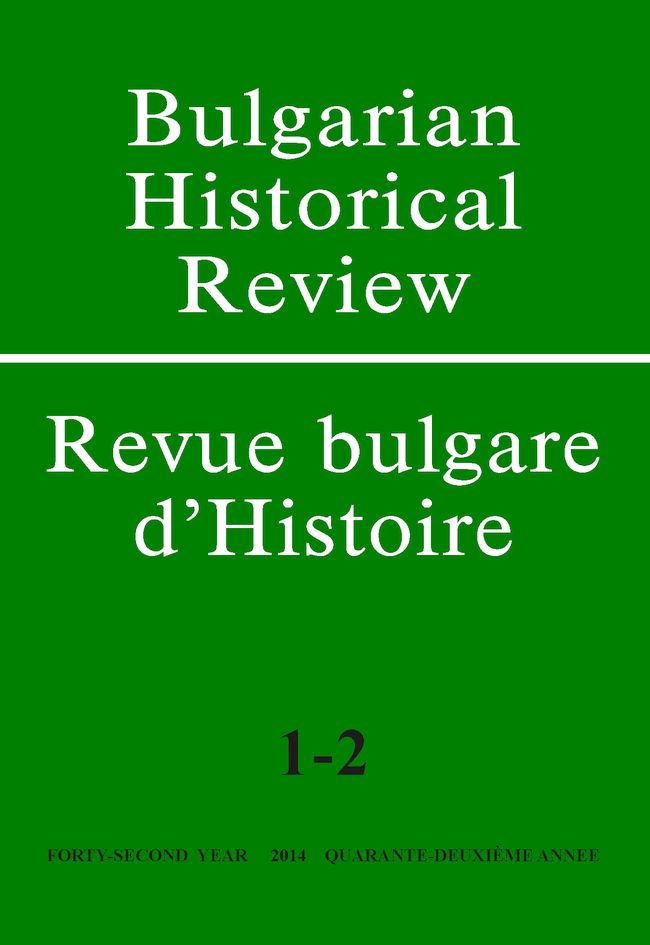
For the Bulgarians from the National Revival period education and the opportunity to get in touch with scientific achievements were of great importance. Turning to the past, in particular, studying and understanding it was what gave them strength and arguments to fight for their freedom, to feel like part of the great Slavic Sea and of the traditions and heritage of European culture and civilization. So,the object of study here is exactly how, where and what education Bulgarian historians of the Revival period received. These are 59 persons, the education of which varies from monastery school to university, obtained in educational and scientific centers abroad.
More...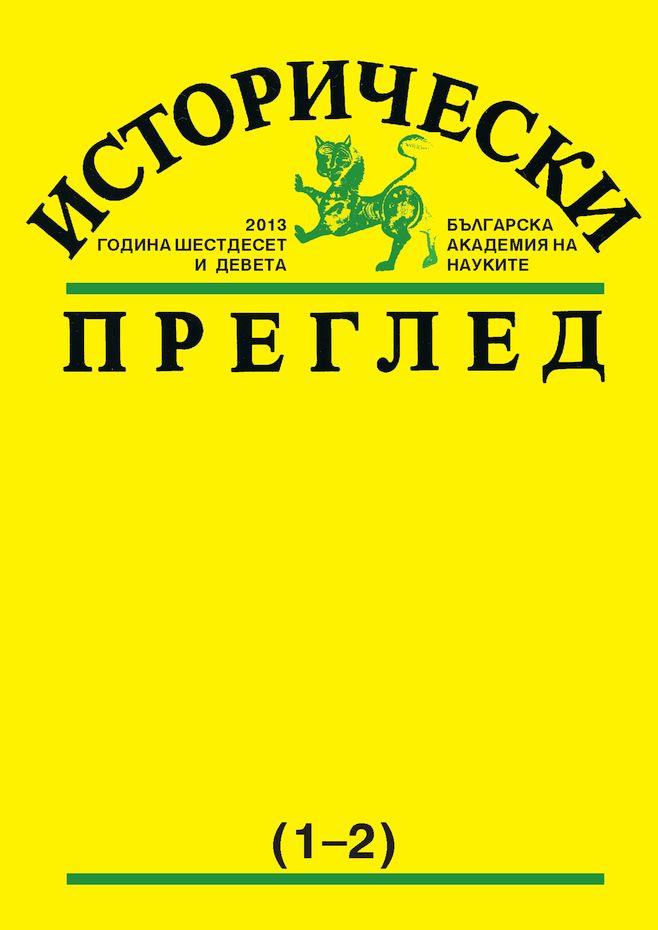
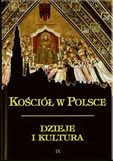
Catholic missions in the 18th century went through a period of crisis. The article focuses on missionary activity in French and British colonial North America and examines the modalities of its growth and decline. Political upheavals, especially the British conquest of French colonies and the American Revolution have had various consequences for the Catholic missions. In the rst case, the fall of New France, combined with the dissolution of the Jesuit order, resulted in the temporary discontinuation of missionary activity. On the other had the creation of the United States of America allowed the Catholics to develop their institutions and the diocesan structures. Selected contemporary descriptions of the missionary work and of the society in North America are examined in the second part of the article. They include a portion of Jesuit’s Lettres édi antes et curieuses and Raynal’s Histoire des deux Indes. The images of popular piety, which was promoted among the Indians, are confronted with some aspects of the secular re ection on new American society, typical of the age of Enlightenment. Such combination leads to a better assessment of the notion of the 18th-century crisis of missionary activity in North America.
More...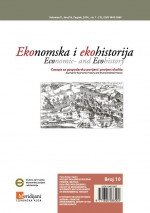
The creation and economic rise of certain civil settlements in Slovenia in the pre-industrial era is inextricably related to the exploitation of water resources and mineral wealth. Two villages became marketplaces thanks to water resources: in the 16th century, Vrhnika mostly because of Ljubljanica river navigation and river traffic; at the turn of the 17th and 18th century Dolenjske Toplice acquired the position of a marketplace, soon to lose it. River transport on Sava in the 18th and early 19th century significantly changed the economic and social profile of the medieval market called Litija; after it ceased due to the railway, a reversal occurred again. However, the exploitation of mineral wealth had even greater impact on formation of urban settlements than river transport. At the end of the Middle Ages, there was a marketplace Bela Peč (now in Italy), the only mining settlement that managed to acquire all the attributes of a marketplace with a developed autonomy. The place Idrija is certainly the biggest phenomenon of them all, with its mercury mining. Getting its marketplace status in late 17th century, Idrija was referred to as a mining town from mid-18th century onwards, and later a city (the second biggest one in Carniola); although on an overall level it lacked institutions of a city administration.
More...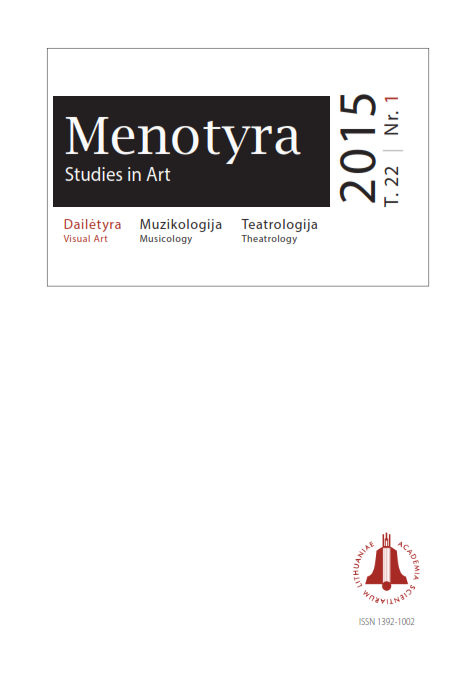
The phenomenon of building crosses in the Grand Duchy of Lithuania in the 16th–18th centuries was characteristic of the entire Catholic world. One can assert that already in the 16th century, crosses were built at waysides and homesteads in the entire territory of Lithuania. They were important landmarks of local topography and were used to mark the land boundaries.In the 16th century, the majority of crosses were mentioned as the landmarks of domains. In the 16th–17th centuries, the boundary between crosses as landmarks in towns and crosses at waysides were very delicate. Therefore, strict differentiation of functions and typology of crosses is not possible, except where crosses were built on piles of ground as landmarks in fields. Detailed descriptions of churches of the 16th century have not survived (or have not been found yet). Therefore, final conclusions cannot be drawn about erection or not erection of crosses in the cemeteries and churchyards which belong exclusively to the activity field of the parson of the parish church.In the first half of the 17th century, the spread of crosses in the landscape of the Grand Duchy of Lithuania was related with the teaching of the Post-Trent Church. In that period, crosses began to be erected in large numbers at churchyards, cemeteries, homesteads, waysides as tokens of memory and on other occasions. In the second half of the 17th century, a cross became a customary attribute in a place of residence or on a trip. Today, we can already speak about the piety to the redemptive suffering of Christ that was established in the religious consciousness of all believers (Catholics). Like in the entire Catholic world, in the Grand Duchy of Lithuania crosses at cemeteries, homesteads, and waysides as well as commemorative, plague, and mission crosses began to be erected in the 16th–18th centuries.Sparse schematic markings of crosses on the maps of land domains and more extensive descriptions allow us to state that sacral monuments of different forms existed already in the 17th–18th century. Roofed pillar-type crosses (stogastulpiai), roofed crosses, shrines on the pillars, columns with statues of saints, and small wayside shrines (koplytėlės) in trees, etc. were built, but there are no data about the spread and distribution of concrete types of religious monuments. In the 18th century, crosses with sculptures of the Crucified with attached shrines containing figures of other holy persons were built in the Grand Duchy of Lithuania. According to the 18th century descriptions from the Grand Duchy of Lithuania, there was a widespread custom to build wayside shrines on the ground.A description of Samogitian crosses published by Aubrey de la Motraye in 1732 allows us to draw a conclusion about a deep-rooted folk piety. According to analogies of the 19th century, small wayside shrines and statues of saints mentioned by this Frenchman could be attributed to the sacral folk sculpture, about the existence of which we do not have any more reliable and comprehensive sources. The majority of the traditions related to the building, functions, and intentions of crosses formed and took root in the 17th century. The role and meaning of the custom of keeping crosses and images of holy persons in the daily living environment, recorded by ethnographers, ethnologists and researchers of folk art in the first half of the 20th century and even in the early 21st century, formed as early as in the 17th century and hardly changed in later times. From the first half of the 17th century, sculptures in churches of the Grand Duchy of Lithuania started to be dressed with fabric clothes. In the first half of the 18th century, this tradition took deep root in the folk culture. In the 18th century, a tradition characteristic of the catholic world to decorate the crosses with flowers and other plants became widely spread in the Grand Duchy of Lithuania.
More...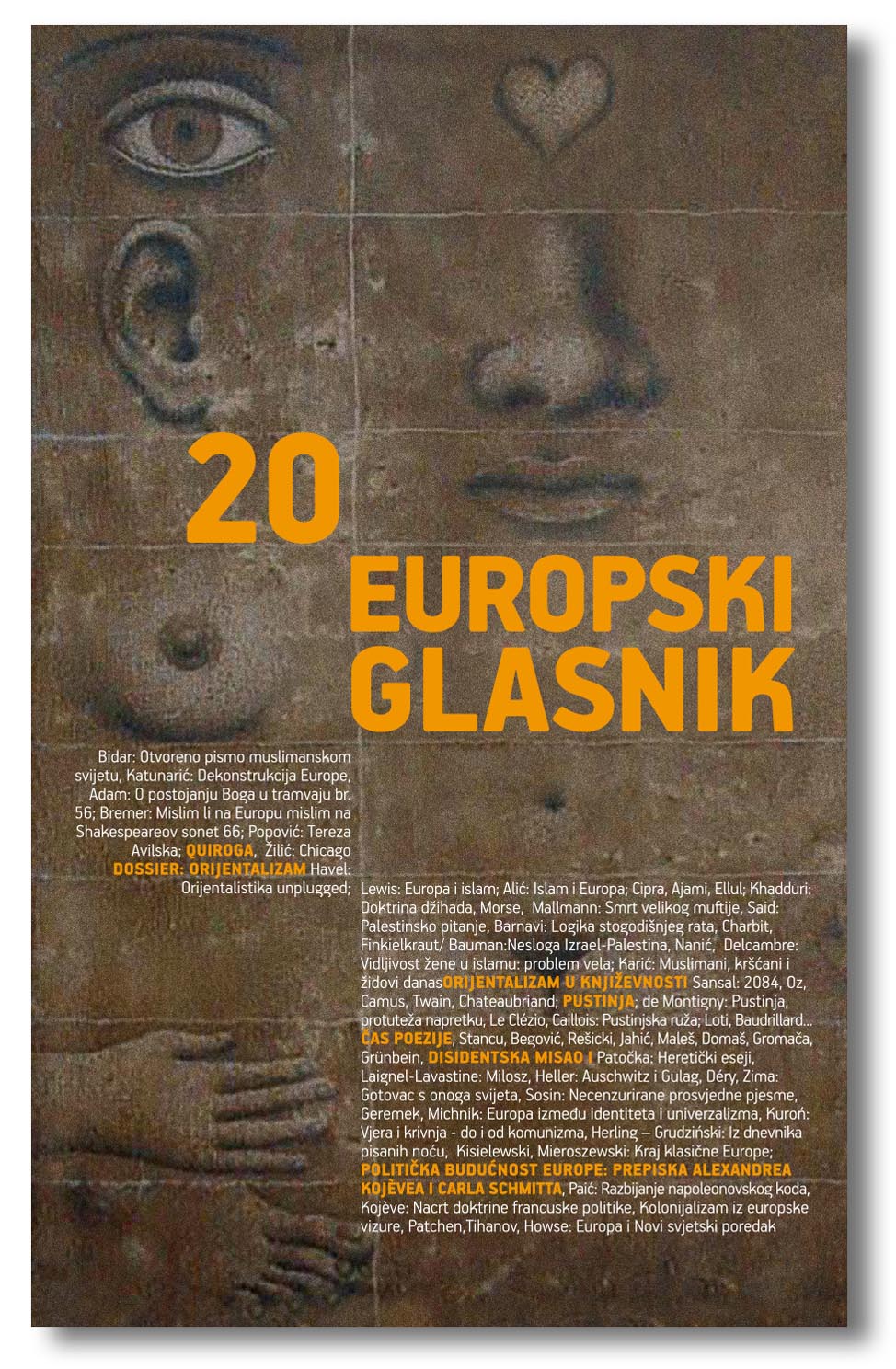
Philippe de Commynes, veliki pisac ≫Memoara≪, želio je u XV. stoljeću pokazati ovim riječima da je dioba svijeta na države i narode Božja volja kako bi se osigurala politička ravnoteža u Europi. Povjesničar Commynes referirao se na Europu i slobodno upotrebljavao njezino ime. Uostalom, objasnio je, o Europi govori jer je poznaje.
More...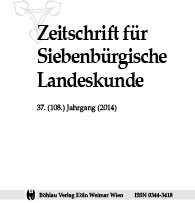
Das Zusammenleben einer Vielzahl ethnischer und konfessioneller Gruppen auf engem Raum wurde seit der Frühen Neuzeit als eine Besonderheit Siebenbürgens sowohl von Reisenden als auch von den Bewohnern der Region selbst hervorgehoben1. Im Folgenden sollen die bisher nur punktuell beachteten visuellen Zeugnisse dieses Neben- und Miteinanders der Ethnien und Konfessionen in den Blick genommen werden. Die meisten Darstellungen der Bewohner dieser Region stammen aus dem 18. und 19. Jahrhundert. Einen besonderen Schwerpunkt der Untersuchung bilden dabei gemalte Darstellungen, die zu sogenannten Trachten- oder Kostümbüchern zusammengefügt wurden. Zu diesem weit über Europa verteilten Quellenkorpus gehören größere Konvolute in Bologna, Bukarest, Debrecen, Graz, London und Hermannstadt sowie einige kleinere Folgen in Berlin und Budapest (siehe Anhang).
More...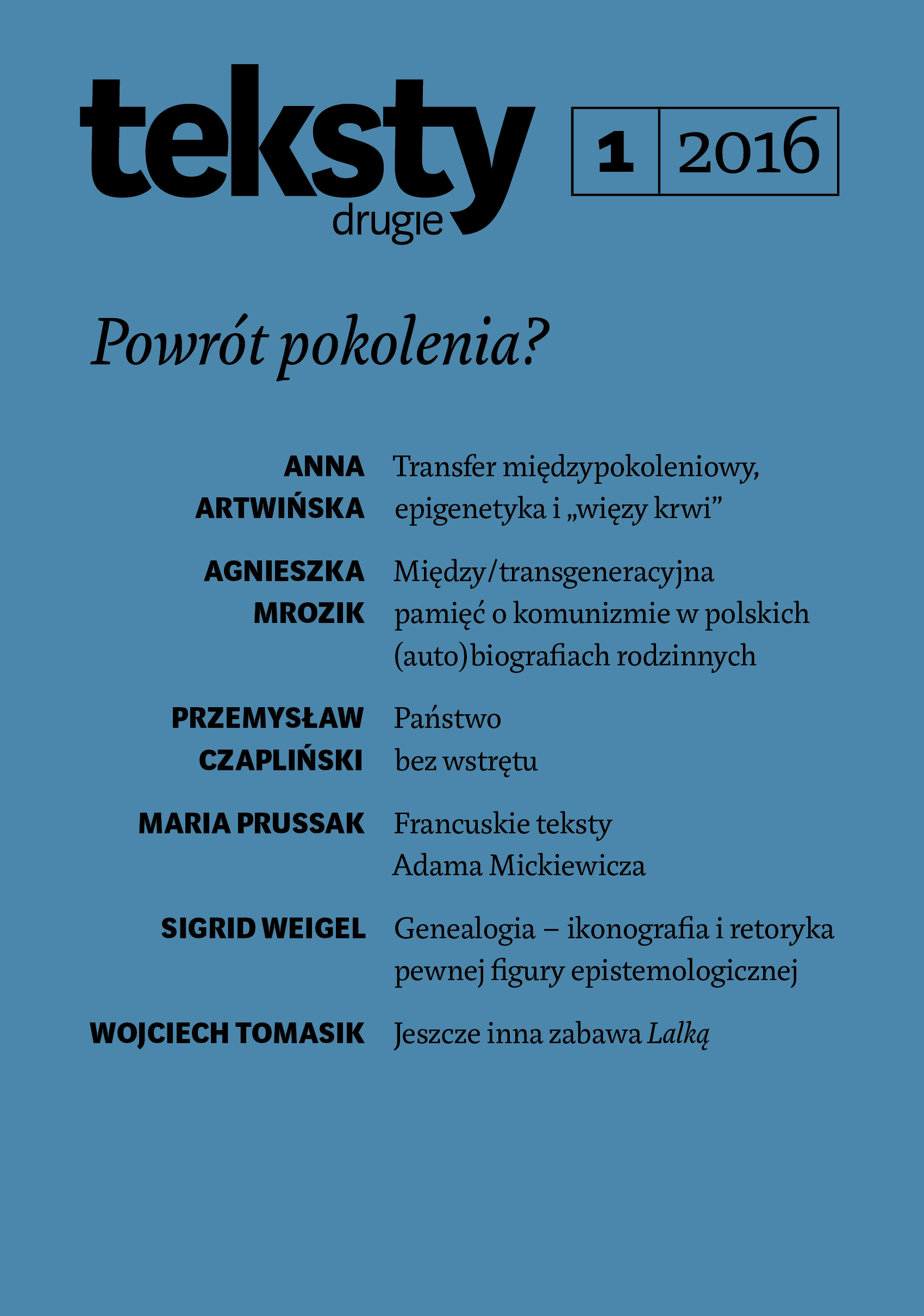
Review: Tomasz Nastulczyk, Piotr Oczko Homoseksualność staropolska. Przyczynek do badań [Old Polish Homosexuality: A Contribution to Research], Collegium Columbinum, Cracow 2012.
More...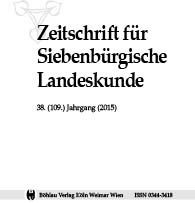
Der Musik wohnt die Kraft zur Völkerverständigung inne – falls Ausübende und Publikum dies intendieren. Genauso zielgerichtet kann sie aber auch der Abgrenzung dienen. In Siebenbürgen verstand man über Jahrhunderte hinweg die Musik als Instrument zur Identitätsbildung. Die protestantische sächsische Bevölkerung pflegte den „kämpferischen“ lutherischen Kirchengesang, ganz zu schweigen von der Praxis, die eigene Musikkultur durch „Importe“ aus den deutschsprachigen Ländern anzureichern, das 19. Jahrhundert brachte mit dem Aufblühen der zahlreichen Musikvereine zusätzlich bürgerliche „deutsche“ Musik in die sächsischen Haushalte, und im Zuge nationalistischer Bestrebungen erarbeiteten Musikforscher und Komponisten ein Konvolut sächsischer Volkslieder. Dementsprechend praktizierte man in den Schulen eine schulmusikalische Ausbildung, die diesen Bedürfnissen Rechnung trug.
More...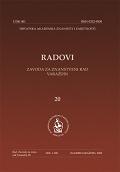
Monastery of the Blessed Virgin Mary and All Saints, or Saint Helen in Šenkovec near Čakovec was originally built in late 14th Century. Over time the monastery complex was largely rebuilt and transformed, and today it is mostly preserved in the archeological layer. A few preserved historical images are important to get a better idea about its appearance. This images can’t be basis for presentation of the site, but they give us an insight to a better understanding of spatial correlations and volumes within this valuable monastery complex.
More...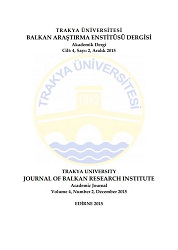
Ottoman State abolished Crnojeviç Dynasty and founded an autonomous regime in Montenegro which it domineered in 1479. As of 1516, Orthodox men of religion called vladika who were appointed by election, started to govern Montenegro. This situation continued until I. Danilo Petrovic was chosen as vladika in 1697. I. Danilo Petroviç left the reign to his relatives and established a dynasty thereby starting the rulership of Petrovic Family who governed Montenegro until 1918. Vladikas who were the members of Petroviç Family started struggling in order to free themselves from Ottoman rule.
More...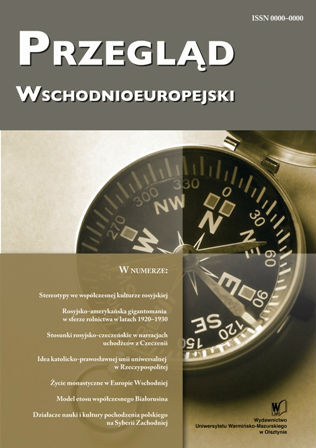
The question whether Eastern Europe is possible and necessary rarely arises among historians of idea. This problem does not play any significant role in various diagnoses related to the future of the world, either. Nevertheless, it seems that posing this question seems well-grounded. This article is an attempt to consider what created and determined the civilizational space of Eastern Europe in the period from the Middle Ages to the 19th century and what actions and ideas influenced the nature of this part of the Old Continent. Selected “polonica” have also been placed in the context of “easterness”.
More...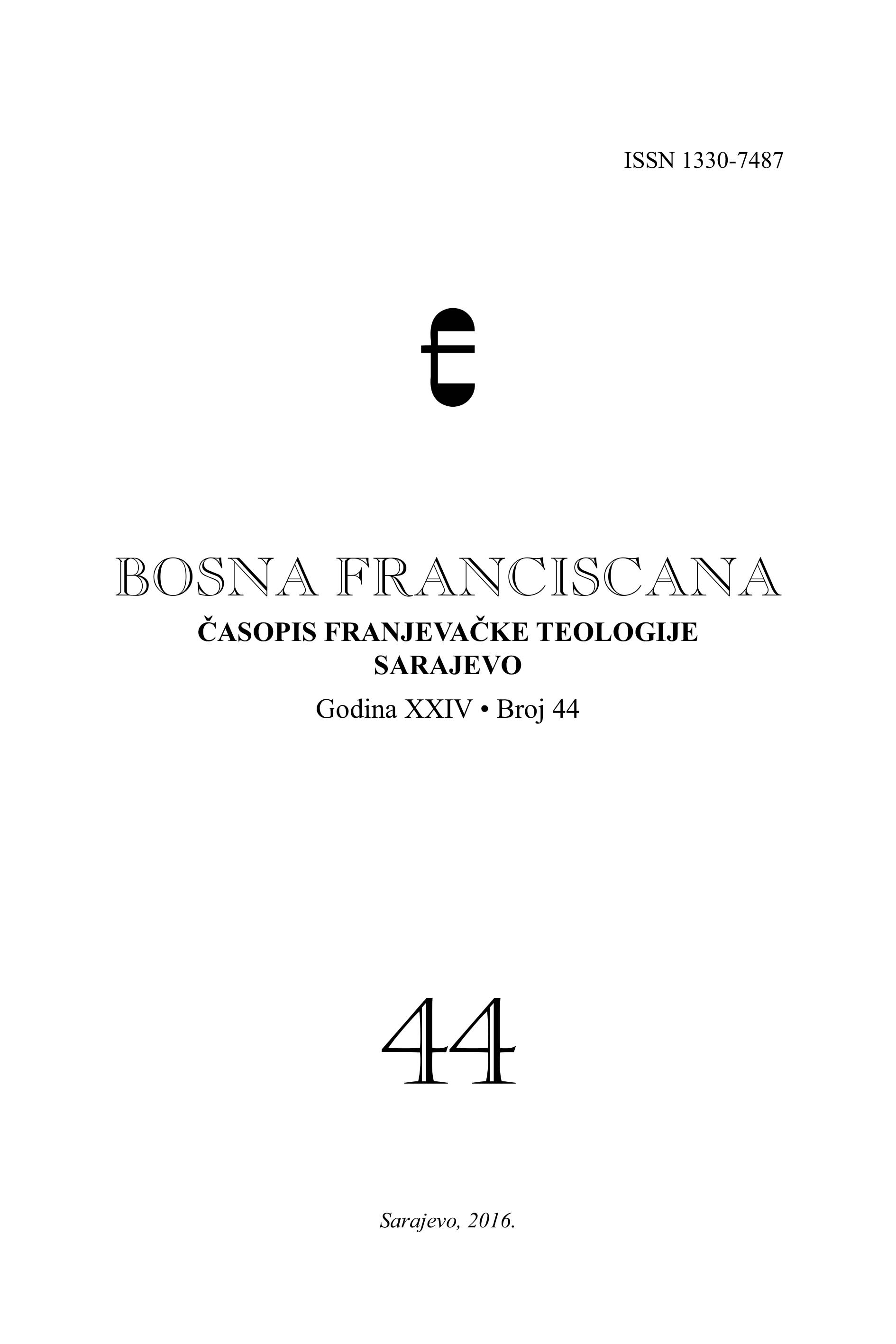
Celibat ili beženstvo klera – da li je po sebi apsolutno nužan – nije teološko, dogmatsko-moralno, nego prije svega u Katoličkoj crkvi disciplinsko-pravno i pastoralno pitanje.1 U prvim vremenima Crkve sveti red se podjeljivao kako neoženjenim tako i oženjenim muškarcima, koji su se odlučili posvetiti služenju Bogu i oltaru, pa je među klerom bilo neoženjenih i oženjenih biskupa, svećenika i đakona. Na ređenje su, dakle, pripuštani i oženjeni kandidati, ali su se vrlo rano u pojedinim krajevnim crk vama počele donositi odredbe da se oženjeni poslije ređenja trebaju suzdržavati od bračnih odnosa. S vremenom je, međutim, došlo i do uvođenja beženstva klera, ali je prošlo dosta vremena da se to u praksi posvuda i provede.
More...
The article analyzes the views of the Russian historian S.F. Fortunatov on the American history of the 18th–19th centuries. Special attention is paid to his lectures on the history of the United States. The scientist’s contribution to the study of constitutional acts dated to the time of the War of Independence is emphasized. It is concluded that Fortunatov can be rightfully considered as one of the founders of American studies in Russia.
More...
The system of ideas about honour as one of the key components in the noble culture has been a subject of scientific research many times, but as a rule, the term “nobility” referred only to men. However, the concept “honour”, as well as the consequent ideas about standard behavior, had considerable gender specifics. The article represents the gender analysis of the concept “honour” on the basis of both female and male sources of personal origin, and also didactic and pedagogical treatises and works of fiction of the end of the XVIII —the first half of the XIX c. The ethical requirements imposed by the Russian noble community on men concentrated around their personal qualities (boldness, courage, strength of mind, self-control, fidelity), for the women this concept had only one — sexual — dimension. Not only personal honour of the girl and woman, but also the honour of all her family and the family of the husband depended on the implementation of obligations to control “passion”. The reputation of the honest woman could be affected both by her own and her husband's behavior. The noblewoman was not the subject of action, but the object of men's manipulations, but this fact didn't relieve her of the responsibility, forcing to toughen the internal taboos even more. The system of the social expectations concerning noble women didn’t really change, and such requirements formed behavioral model of the Russian noblewoman throughout XVIII — the first half of the XIX c.
More...
The paper analyzes new interpretations of the transition period in Russian literature of the late 17th and early 18th centuries. Special attention is given to the point of view expressed by A.I. Ivanitskii, who describes the above-said period using the term baroque classicism. The concepts of other researchers (O.M. Buranok, A.G. Gokina, and P.A. Efimova), who defined it as pre-classicism, are also considered. It is concluded that baroque classicism is characterized by the following main features: typical classical images acquire a new meaning; rational-state procedure is performed in the form of a game. The main feature of baroque is transitivity. Thus, the principles of rationalism and game are at the basis of baroque classicism.
More...
For centuries, the amanat (hostage-taking) institution was an important attribute of diplomatic relations between the Russian state and countries located to the south and east of it (Caucasus, Volga region, Siberia, etc.). This institution existed discretely during the period of 1553–1864 in Circassian–Russian relations, including Kabardian–Russian ones. By the year 1722, the amanat institution was renewed following the rupture of Kabardian–Russian relations that lasted for 25 years. The analysis of Kabardian–Russian relations on the eve and during the Persian Campaign undertaken by Peter I was carried out in this paper on the basis of the documents introduced for the first time into scientific circulation. The archival materials made it possible to reveal previously unknown aspects of the strategy and tactics used during the Persian Campaign of 1722. First of all, they concern the role of Kabarda in the Caucasian policy of the emperor and the amanat institution in bilateral relations during the 1720s, as well as the influence exerted on Kabardian–Russian relations by the renewal of the diplomatic amanat institution.
More...